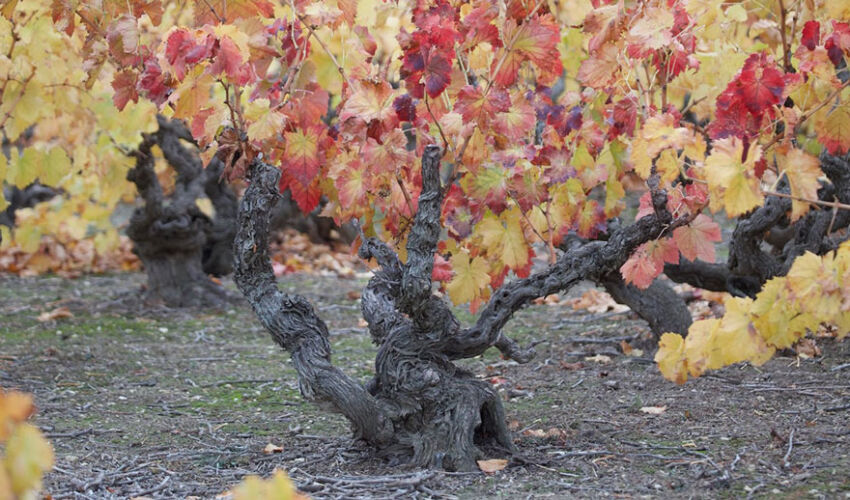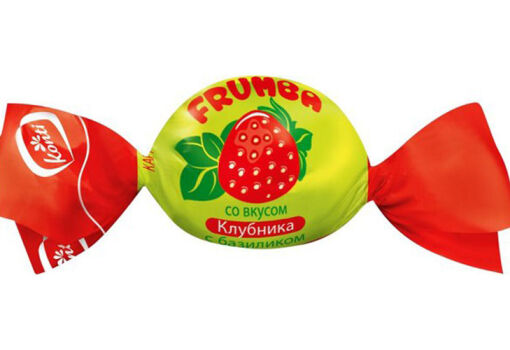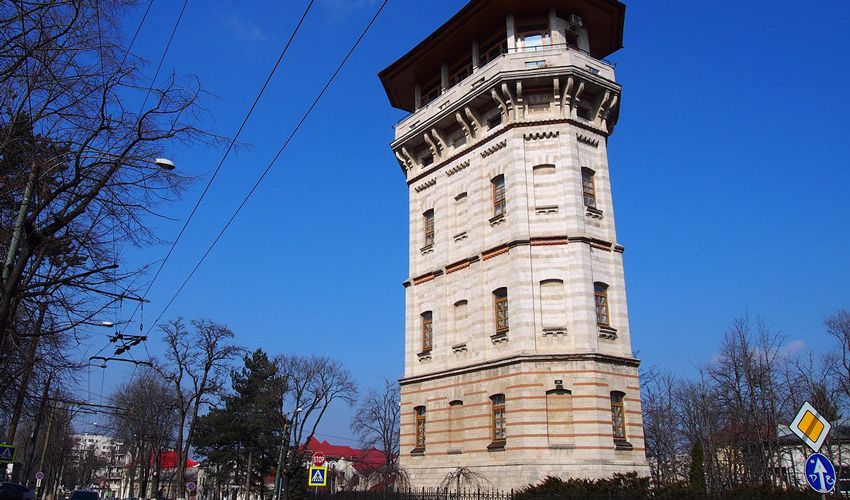
Almost half!
At the end of last year, the International Organization of Vine and Wine (OIV), based on scientific research, defined what is an “old vine” and “old vineyards”, as their age differed from country to country. The OIV defined it as 35 years and older.
According to the Moldovan Grape and Wine Register, the area of vine plantations of wine varieties aged 35 years and older is 22.5 thousand hectares out of 47.7 thousand hectares of plantations of technical varieties of all ages registered in the register. Most of them are located in the central part of the country – 56.4%. The first place in the area of old vineyards is occupied by Hinches district, the second by Cahul district, and the third by Calarasi district. In terms of varietal composition in plantings 35 years old and older, Aligote is the leader, followed by Isabella, with Sauvignon Blanc rounding out the top three.
Plantations aged from 45 years are located on 12.6 thousand hectares, and also mainly in the center, which represents 64.3% of the vineyards of this age group. Hincesti district tops the ranking, followed by Calarasi district and Ialoveni district.
Naturally, not all old plantings are in satisfactory condition, some of them will have to be uprooted. However, there are some that can be restored. In general, the information from the register shows a good potential (even excluding Isabella) of Moldovan winemaking for the production of wines that are appreciated by connoisseurs.
OIV recommendations
The OIV has made recommendations to its Member States: to promote the conservation of old vine plantations established before selection and grafting. This is necessary to restore traditional wine-growing landscapes and to serve as sources of genetic diversity that can be enhanced by breeding.
There is also a huge amount of work for scientists to do to study old vines: how their age affects their productivity and the features and characteristics of wine or other winegrowing and winemaking products; how agronomic practices affect the longevity and resistance of grape plants (taking into account the variety) to environmental changes; how old vineyards affect soil functions and contribute to the conservation of this resource, etc.
Let’s wait for the EUdecision
The Ministry of Agriculture and Food Industry told Logos Press that they have not yet discussed the OIV recommendations and have not received any proposals from producers’ associations. According to the interlocutor, based on the information he has, we have nothing to preserve (at the level of legislation) from the variety we have. Our legislation does not limit the period of use of vineyards. And 25 years is the average period of use of commercial vineyards to calculate depreciation. Plantation owners themselves set the period of their exploitation.
Most likely, the concepts of “old vines” and “old vineyards” will be reflected in the Moldovan legislation after it will be done at the level of the European Commission. However, there are “old vines” projects in all important wine-growing regions of the world.
Only for small
In Moldova, the production of wines from old vineyards may be of interest only to small producers, as large wineries need volumes. Some of them have realized the value of grapes grown on such “unpromising” plots and create really fine wines from them.
For example, the founder of Vornic Winery Vladimir Miron in Vorniceni village of Straseni district together with his brother-agronomist restored vineyards on 9 hectares of Sauvignon blanc, Riesling Rhenish and Feteasca albae varieties, which are now more than 40 years old. A few years ago they were in very poor condition.
“Nobody believed they could be revived, but we did it,” says the winemaker. – However, Moldovan consumers do not yet understand the value of wines from old vineyards, although we write the age of the vines on the counter-labels. That is why we sell these wines at the same prices as wines from younger plantings, despite the fact that their production costs are noticeably different. But at tastings, of course, we talk about our vineyards.
In order to inform consumers more quickly and easily, in the West they write “Old Vine” on labels. Probably, few people know that in Moldova there are even wines from hundred-year-old vines. The first to hit the market was Feteasca Albă, 2023 100 Years Old Vine from TE WA Wines (only 524 bottles produced). The vineyards are located in the Stefan Voda district. And two more wines are being prepared for release.
In Moldova it is possible and necessary to produce wines from old vineyards both for the image of the industry and for higher added value.













